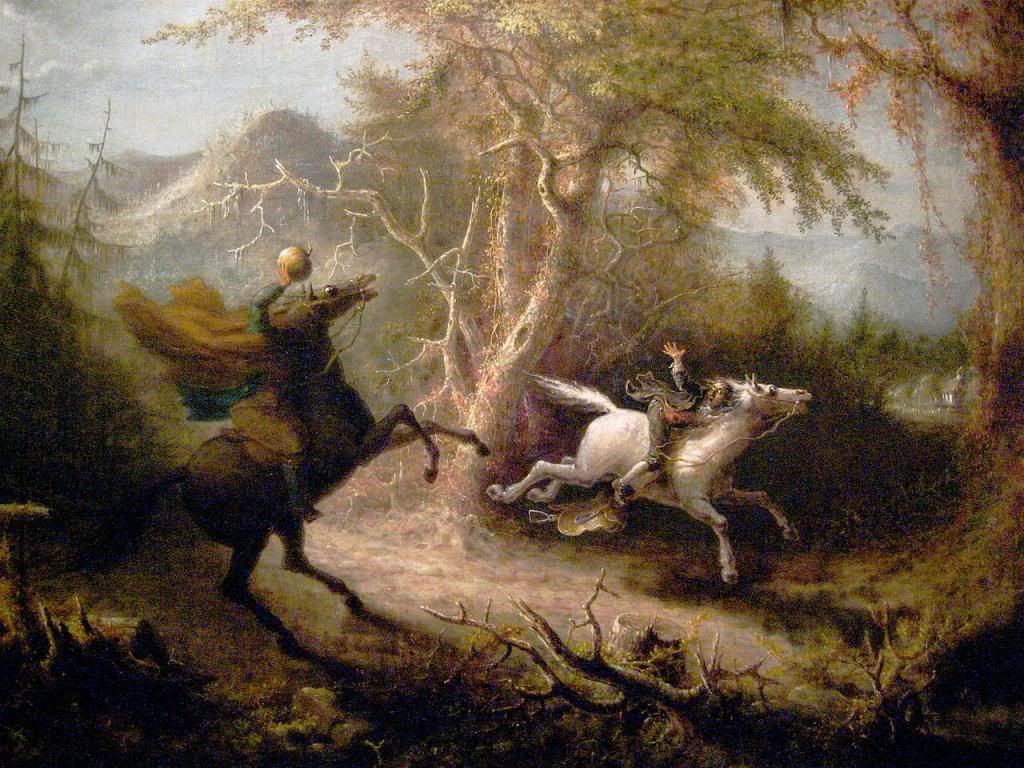#21 Basilisk

This creature is closely related to one we have already seen, the Cockatrice. In folklore, the basilisk is referred to as the king of snakes. Its supernatural power is that it can cause death with a single glance. In addition, it is extremely venomous. Traditionally, the basilisk is a small snake, not much more than a couple of feet long (this is quite a difference from the basilisk’s most recent depiction in the Harry Potter series, where it was monstrously huge). Basilisk are said to be born of a serpent or toad egg that is incubated by a cockerel (which is the opposite of how a cockatrice is born). Supposedly, the odor of the weasel is the main weakness of the basilisk, and the weasel is the only creature that can directly attack it. This European tradition is possibly connected to the predator-prey relationship of the mongoose and the cobra in Asia. The crowing of the rooster can also kill it, so travelers would commonly carry roosters with them into areas reported to contain basilisks. There is an actual species of lizard called the Basilisk lizard, but they are not really dangerous (unless you’re an insect or small vertebrate). They can run on water.

#28 Headless Horseman

Americans often associated the headless horseman with “The Legend of Sleepy Hollowâ€, which is a short story by Washington Irving. However, the headless horseman has been showing up in European folklore since the Middle Ages. In Ireland, the dullahan is a headless fairy, which rides a black horse, usually with his head under one arm. The dullahan carries a whip that is made from a human spine. If the dullahan stops riding, he will call out a name, and that person will immediately die. The Brothers Grimm had two accounts featuring headless horsemen. In the Legend of Sleepy Hollow, the Headless Horseman is the ghost of Hessian warrior from the American Revolution. This ghost can actually physically harm people, usually by decapitation.